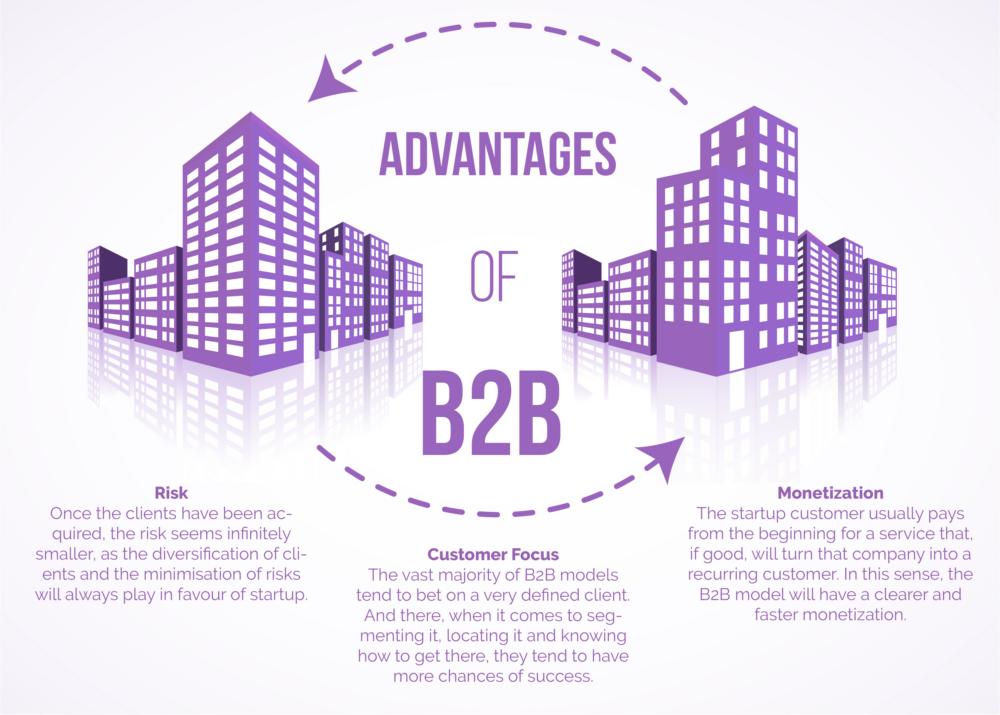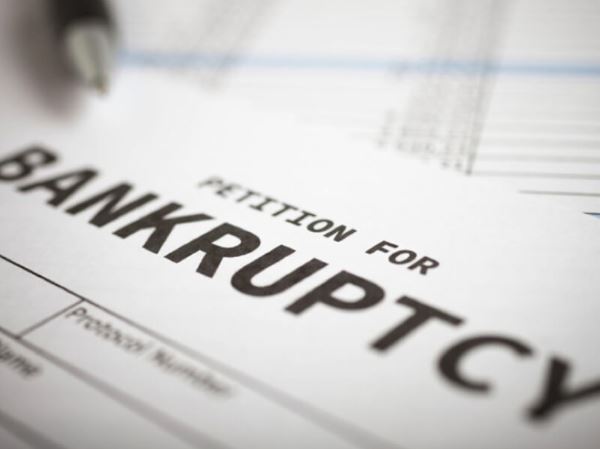In spite of the fact that customer support is one of the most important things for any company to focus on, there are actually a lot of different companies out there that offer some truly terrible service in this department.
#1 Comcast
Comcast is one of the most popular cable providers out there but in spite of this fact they have terrible customer service. The problem here is that they just don’t care. They regularly miss appointments and drag on the customer support experience for most of their customers. They are able to do this because they have a monopoly but it has resulted in a very poor opinion of them overall in the market, and is going to certainly lead to some serious problems for them in the long run. Avoid being like Comcast at all costs!
#2 AT&T
The problem with this company is that their service is utterly terrible. The call quality is terrible, the data plans are terrible, and the 3G speeds are often throttled in order to make sure that customers do not end up using too much data. One of the most important aspects of customer support that you could possibly look into is making a product that is good in the first place, ensuring that the people that are using your services don’t have a reason to complain. AT&T does the exact opposite of that, creating a product that is very poor indeed and not caring what customers have to say about the experience they are going through.
#3 PayPal
This is a company that deals with people’s money, but the terrible thing is that they are often very laissez faire about the money that they hold. You could find your money suddenly disappearing because of the fact that the people you received it from filed a complaint, and in most cases PayPal is going to make it very difficult indeed for you to get that money back. What you can learn here is that you need to treat your customers like they are your responsibility, and you need to be open and transparent about how their complaints are being processed.
If you want to avoid ending up like one of these companies it is highly recommended that you get Kayako’s ticketing software. This can help you handle a lot more volume and drastically improve the quality of your customer support. At the end of the day, human CSRs are going to be quite limited in what they are able to accomplish. If you want them to succeed and if you want your customer support to become something that people will look at in a positive light, automation is the way to go, especially if you are automating in such a manner that the regular people that work for you and depend on you for their regular income don’t end up getting dealt a bad hand and have to go through financial hardships.














 Bitcoin
Bitcoin  Ethereum
Ethereum  Tether
Tether  XRP
XRP  Solana
Solana  USDC
USDC  TRON
TRON  Lido Staked Ether
Lido Staked Ether  Cardano
Cardano  Avalanche
Avalanche  Toncoin
Toncoin